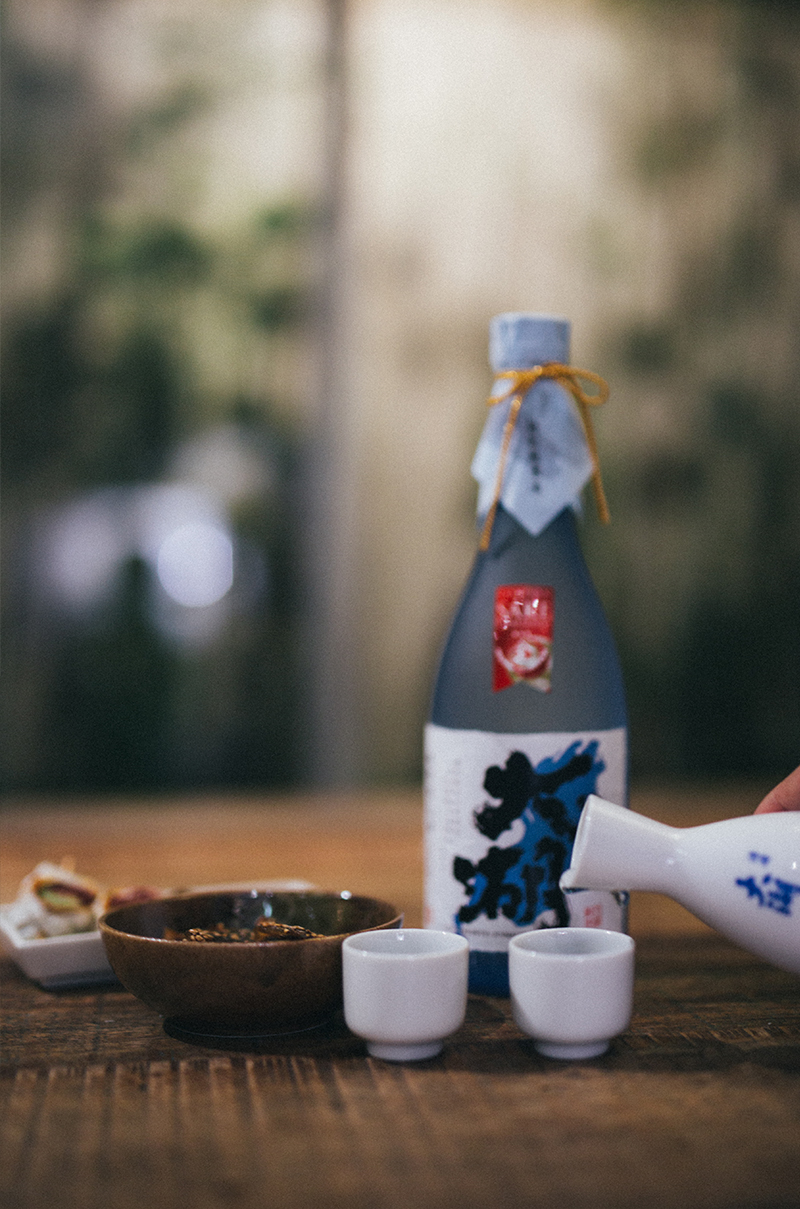
In search of the authentic sake
Hunting for an intimate but fancy dinner? Tucked away Taiko sake pairing private dinner is definitely your best bet!
Exclusive member offer for a posh Japanese evening hosted by a Japanese fashion artisan Hiro Yoshikawa and his partner, Candace Poon. Each dish features seasonal delicacies and complemented by a different variety of Taiko sake.
Taiko literally means large lake. Hiro Yoshikawa is the fifth generation of the Taiko sake brewery which is located near Biwa Lake. Brewed with Yamada Nishiki brewer's rice in Nagahama City Shiga Prefecture and the water from lbuki mountain, Taiko sake has a uniquely sophisticated fruity taste.
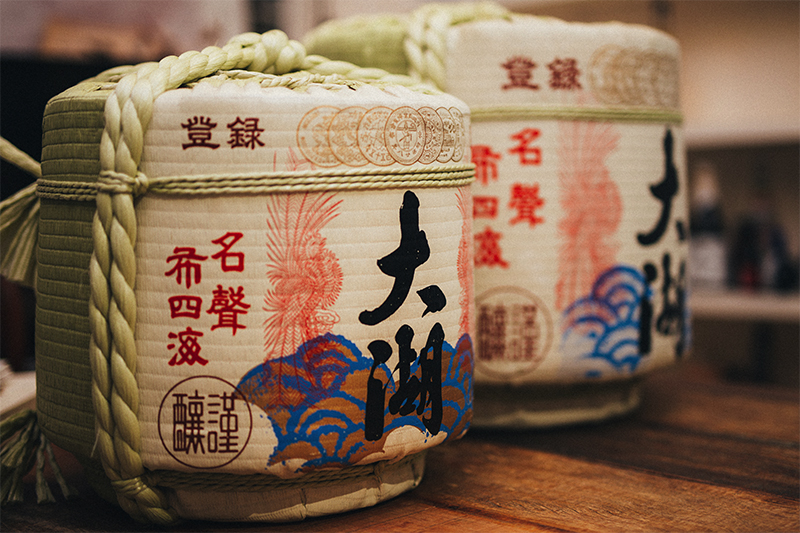
Different types of sake
Rice milling, “seimaibuai” is the ratio to indicate the quantity of polished rice gained from a given quantity of brown rice. In other words, the lower the value of seimaibuai is, the higher quality the rice is polished with.
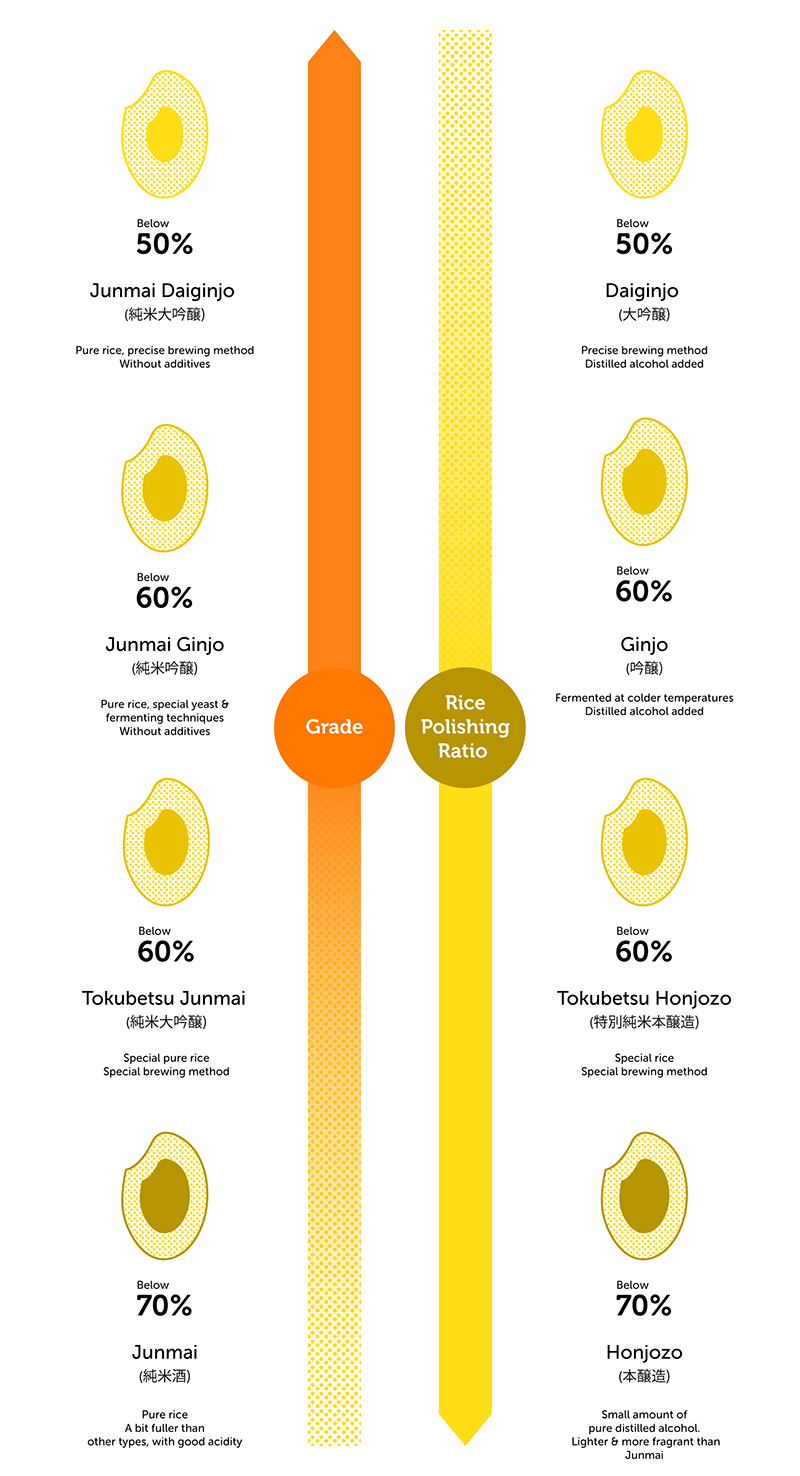
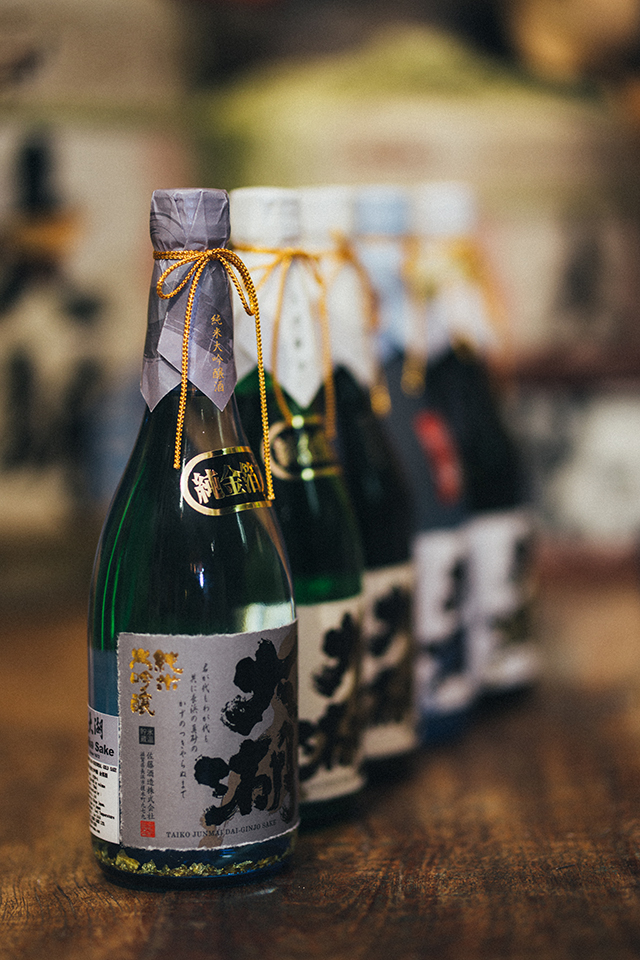
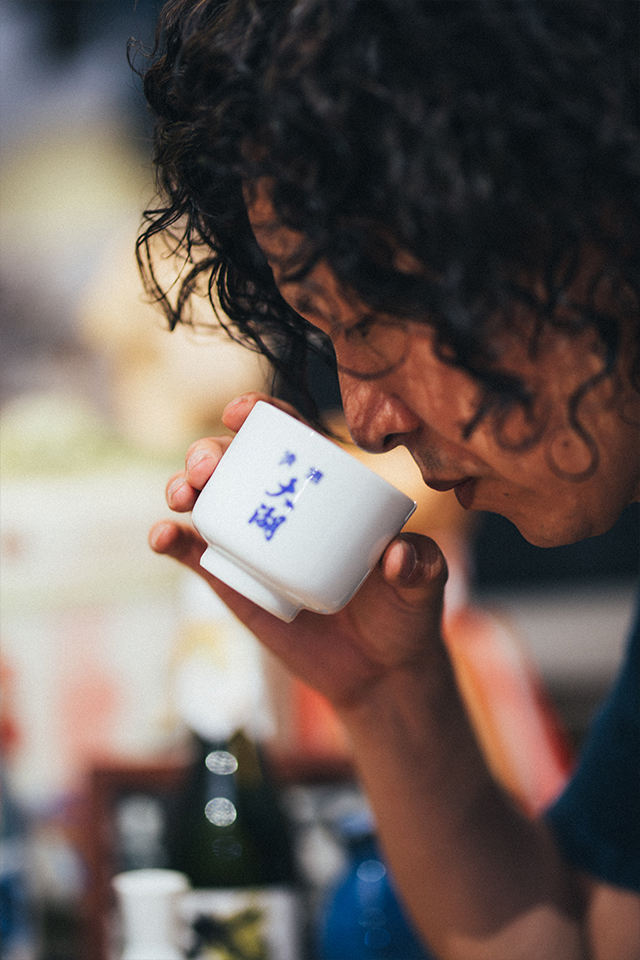
Different tastes
Amazake
A thick, white sweet fermented rice beverage with no or low alcoholic mixture of steamed rice, koji, and water that enzymes in the koji to convert rice starch into glucose.
Doburoku
A classic home-brew style of sake. A completely unfiltered style of sake that is considered as chunky and rough.
Jizake
Made from a local artisanal brewer.
Kuroshu
Made from completely unpolished brown rice grains and tastes like Chinese rice wine.
Different vessels
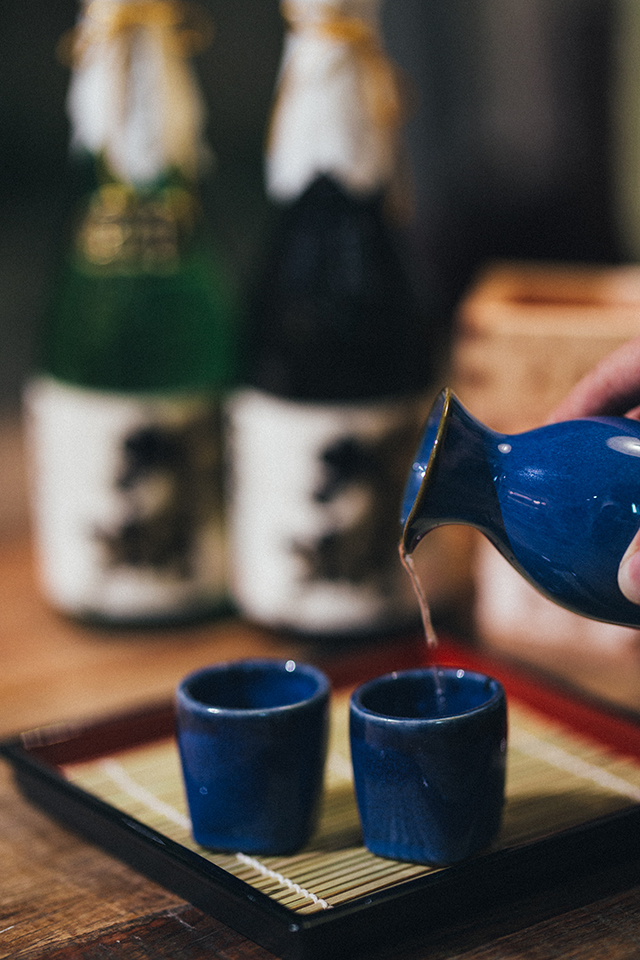
O-choko
Common for hot sake, where the flask is heated in hot water and the small cups ensure that the sake does not get cold. Also used for cold sake.
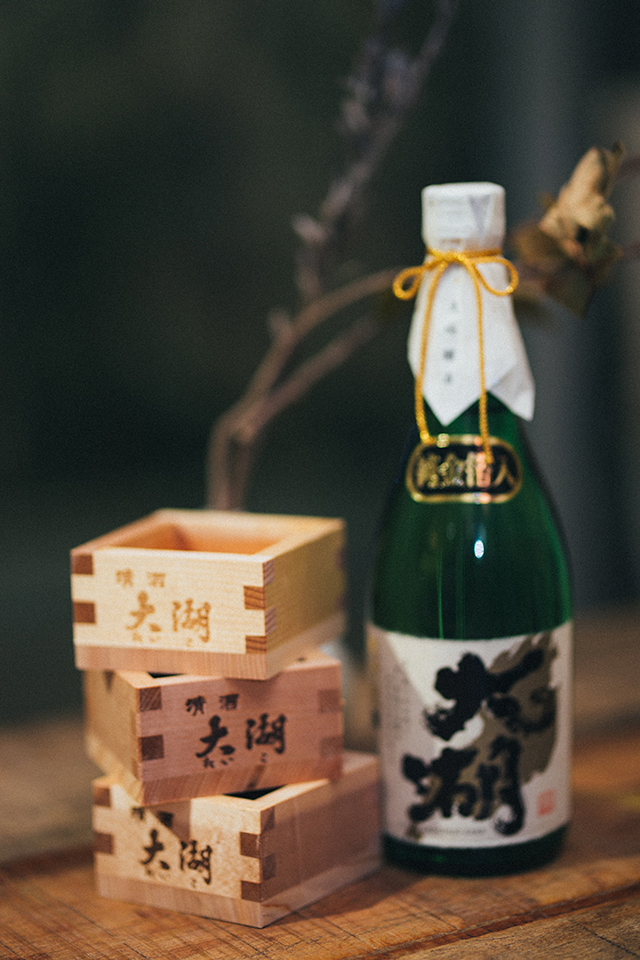
Masu
Originally designed as a measuring tool for rice, it is best served for cold or room temperate sake. A glass is usually placed inside the masu in special occasions and the host will pour sake until it overflows to show generosity.
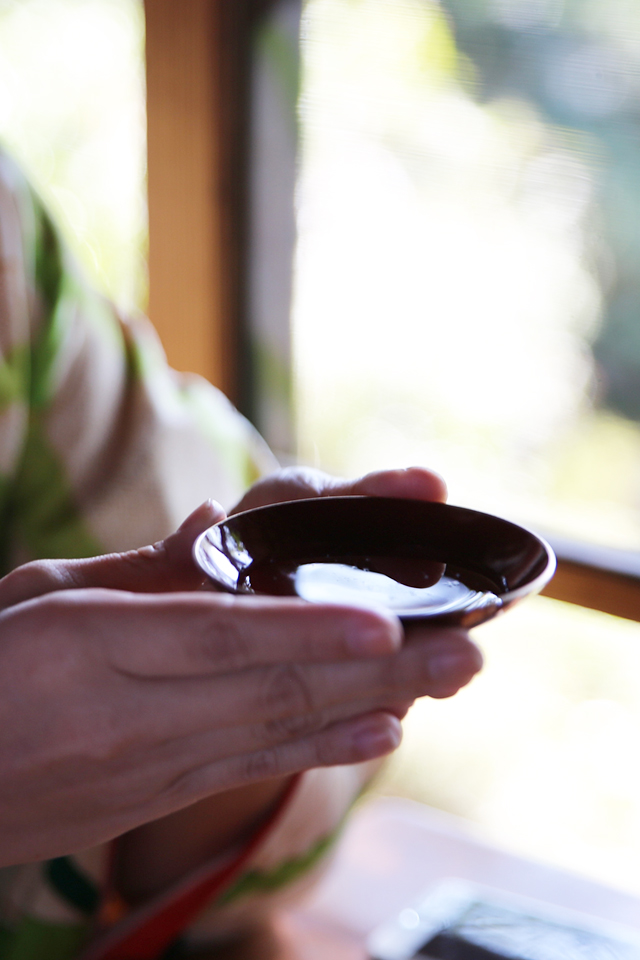
Sakazuki
This traditional vessel is often served in weddings or ceremonies, such as New Year or at the start of a Kaiseki meal.
How to read sake label
